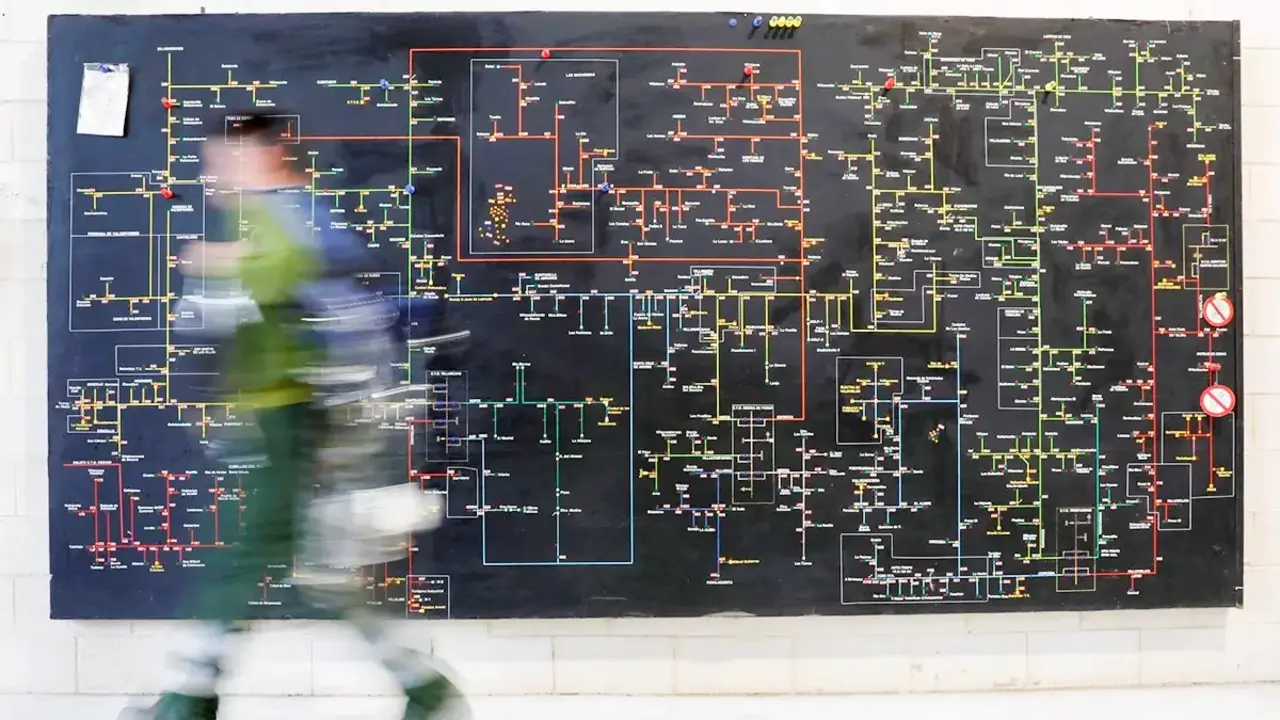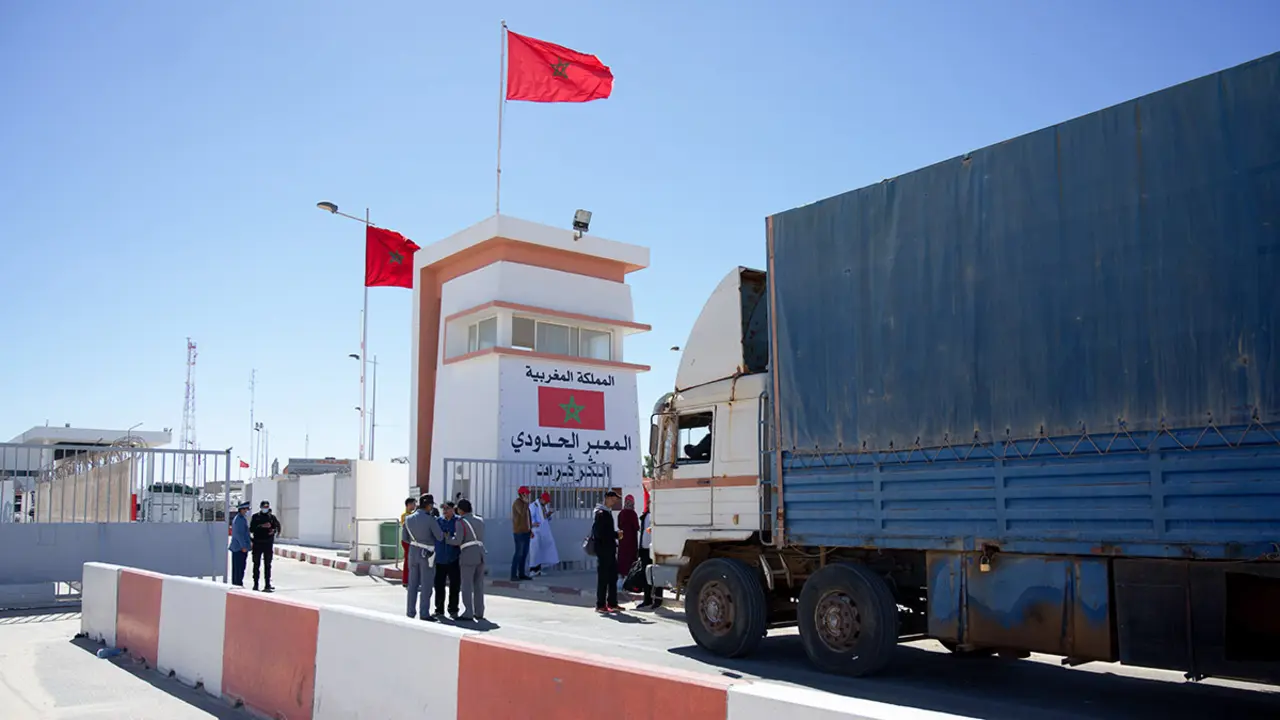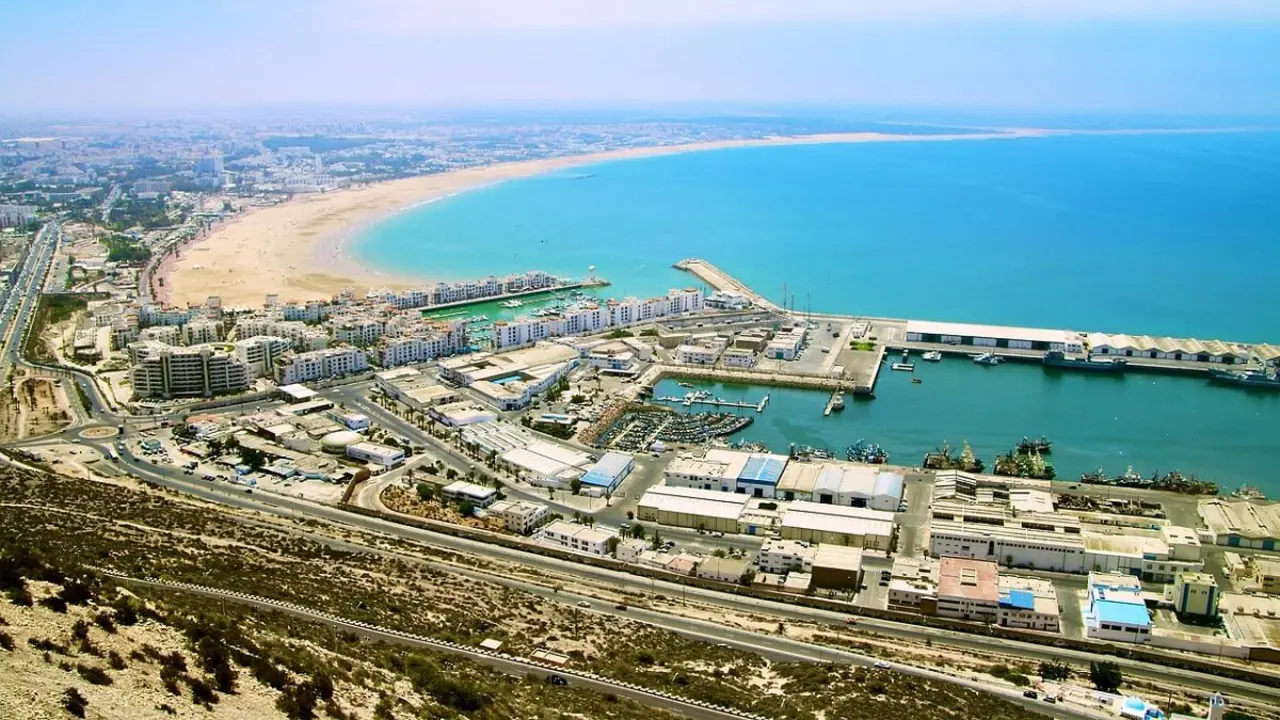Indra, key in the development of the next generation of European anti-drone systems

Indra, a global defence, aerospace and advanced digital technologies company, is one of the most important companies within the European project that is developing the anti-drone systems of the future, one of the most important technologies for the continent's defence and to ensure the operational capacity of its armies.
The company forms part of the core group of partners leading the JEY-CUAS project, led by Leonardo and promoted by the EU through the European Defence Industrial Development Programme (EDIDP).
Within the project, companies and research centres from across the continent have collaborated to define the different technologies to be used in the next generation of anti-drone systems, which are evolving towards increasingly specialised solutions adapted to the specific operating environment in which they will be used. This means that the most effective solutions will be those capable of integrating a greater number of detection and neutralisation technologies.
Indra has coordinated the participation of Spanish industry in the project and led the definition of the operational concept, a phase of the project in which a high-level analysis of the problem is carried out and how to operate with the systems, in which scenarios, the type of users, the potential evolution of the technologies, and the applicable methodologies, among other aspects, are studied.
It has also led the development of key technologies such as the jammer (electromagnetic signal jamming system) or passive radar and evaluated different types of soft-kill and hard-kill countermeasures, including laser energy, electromagnetic pulses and different types of kinetic neutralisers. It has also analysed various detection systems, including radar, acoustic systems, infrared and visible spectrum cameras and radio frequency sensors.
Finally, Indra has played an important role in the integration of all these sensors and effectors, incorporating them into anti-drone command and control systems using a standard protocol, and working to ensure their interoperability with other higher-level command and control systems. New artificial intelligence modules have also been defined and tested that will increase the accuracy and effectiveness of future systems.
The company participated in a demonstration exercise in Italy to examine some of these capabilities, the implementation of which will be addressed in upcoming projects to be promoted through the European Defence Fund. This exercise, together with the preliminary design review to be conducted in the coming weeks, will conclude the JEY CUAS project, completing the first stage of the programme's roadmap.
The ability to protect against drones is key for any military and law enforcement agency. Drones have become an effective low-cost weapon capable of attacking strategically valuable aircraft, ships and armoured vehicles. They are also being used as a marauding munition, hovering over an area waiting for potential targets.










